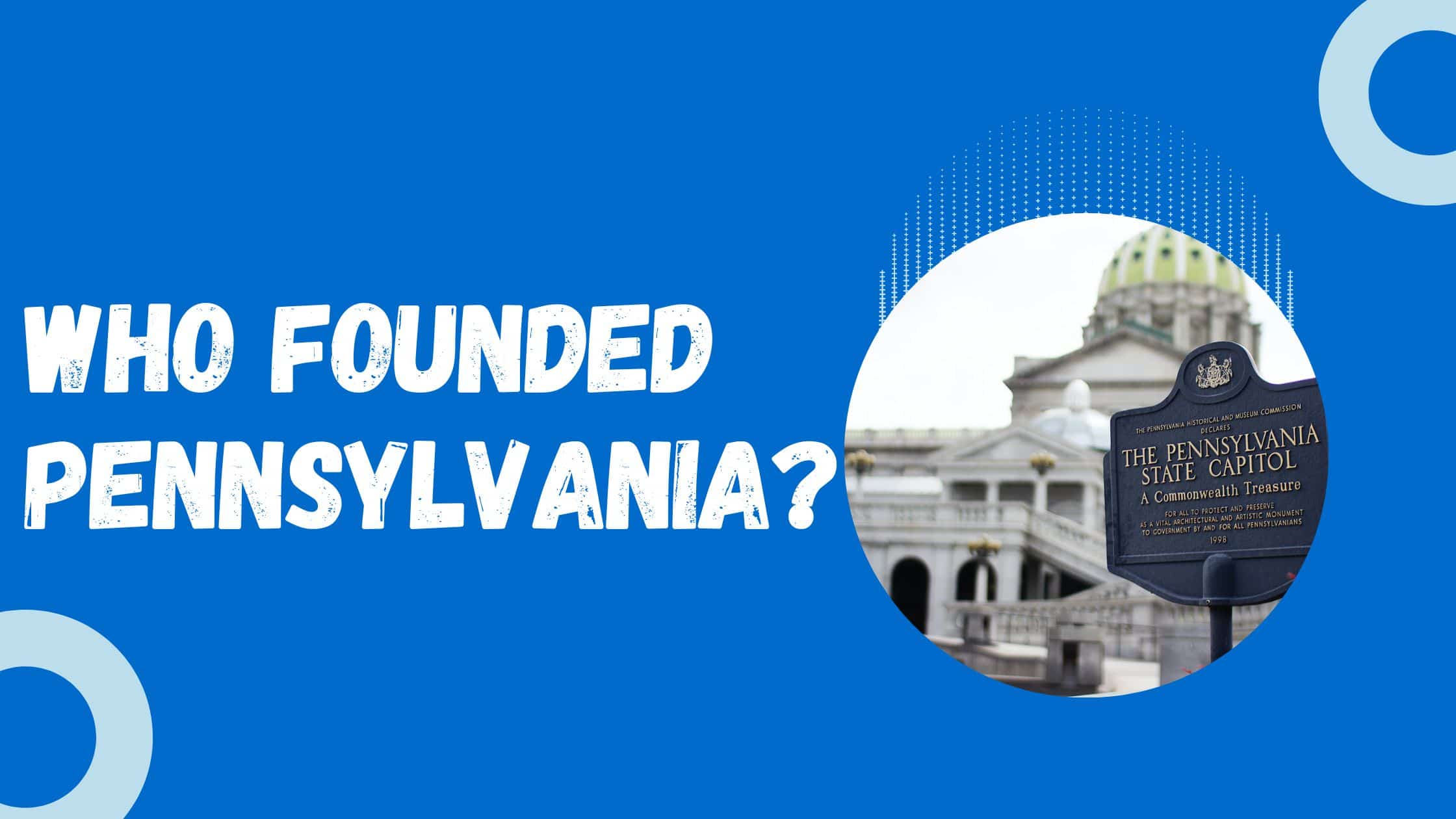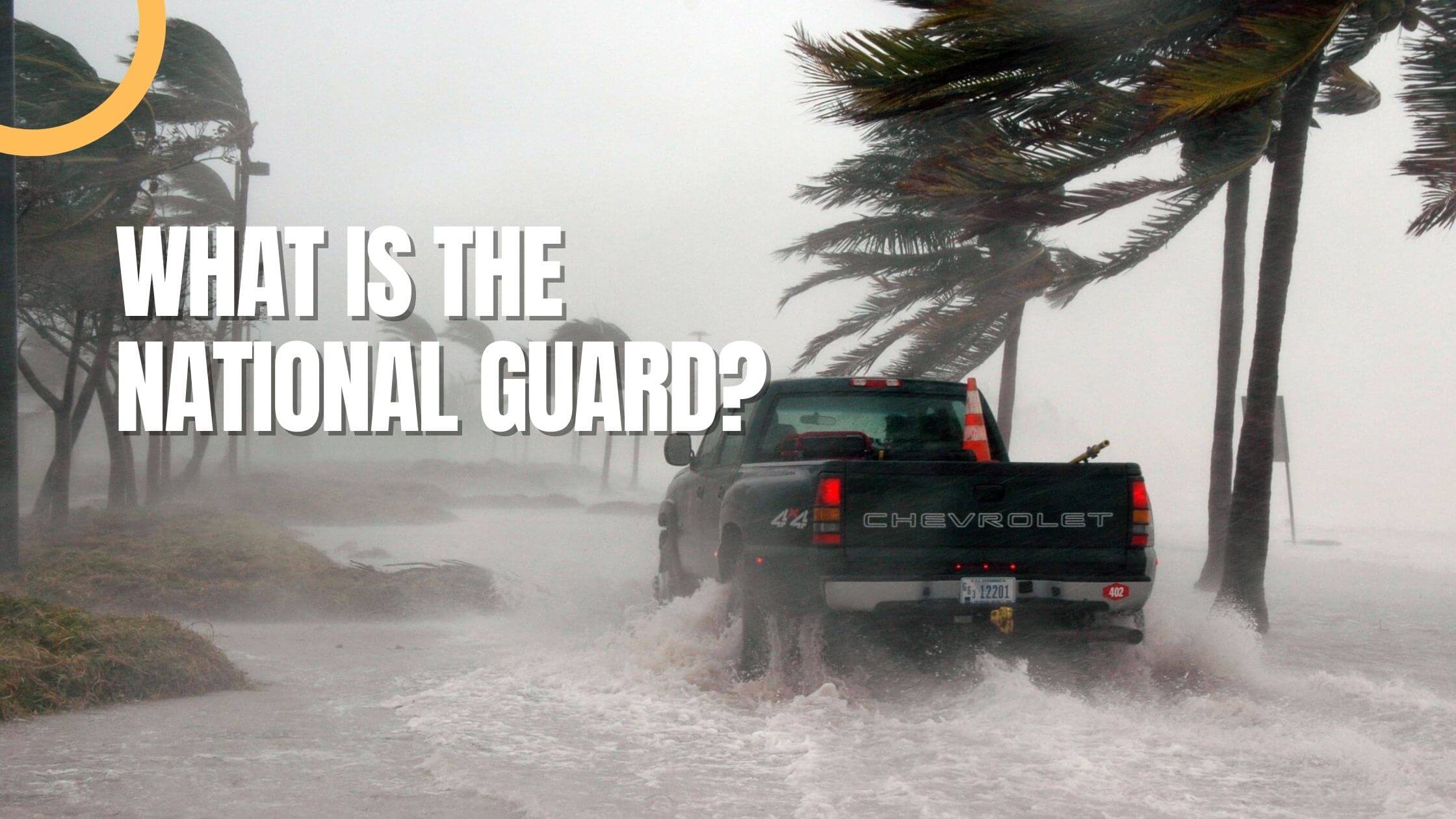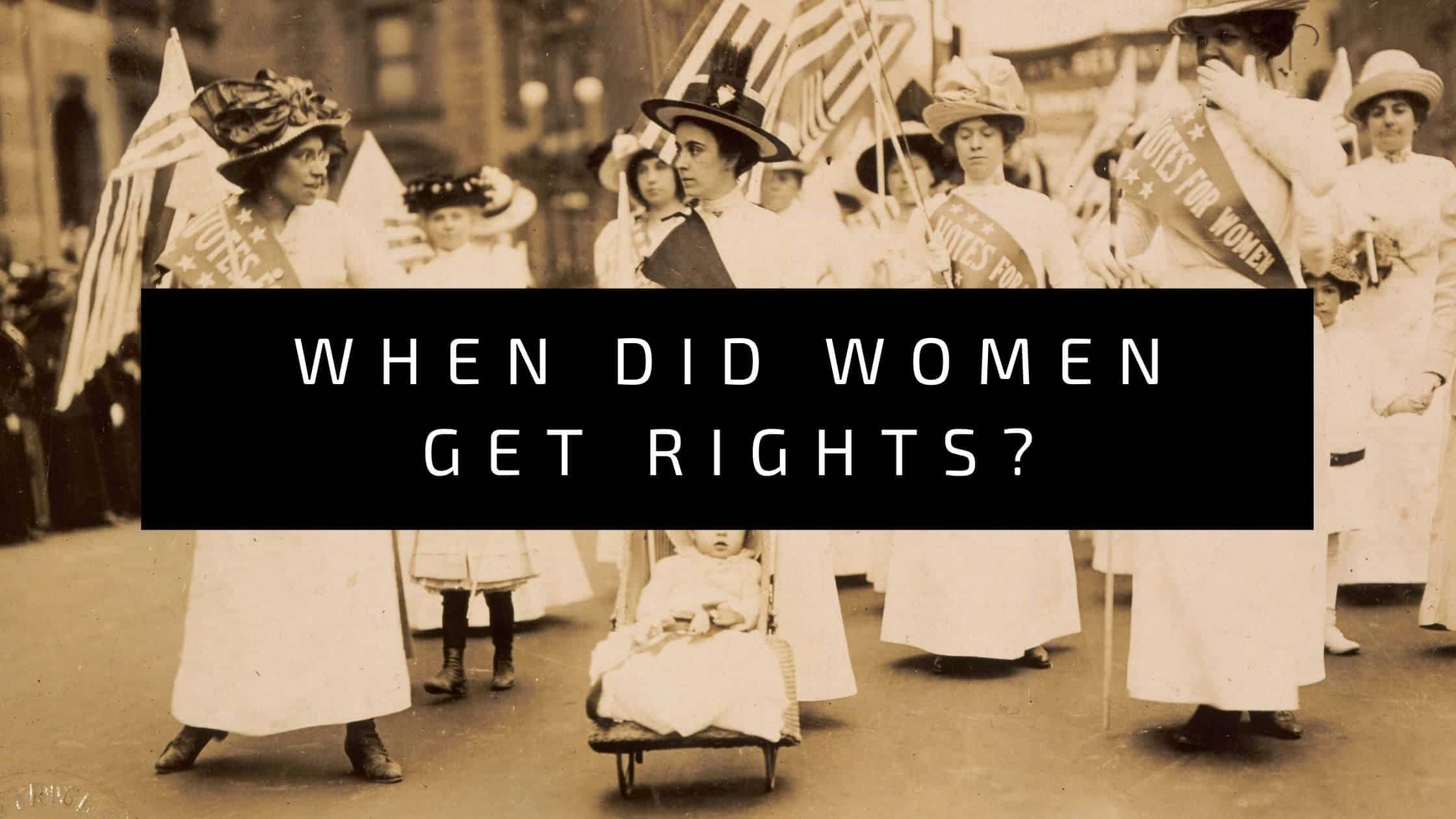Table of Contents
ToggleSources
- https://www.archives.gov/education/lessons/louisiana-purchase
The National Archives provides authoritative primary source documents and historical context about the Louisiana Purchase, including the treaty itself and related correspondence. - https://www.monticello.org/thomas-jefferson/louisiana-lewis-clark/the-louisiana-purchase/
Monticello, Thomas Jefferson's historic home, offers detailed information about Jefferson's role in the Louisiana Purchase, including his motivations and constitutional concerns. - https://www.history.com/topics/westward-expansion/louisiana-purchase
History.com provides a comprehensive overview of the Louisiana Purchase, including its background, negotiations, and impact on American expansion, backed by historical research. - https://www.britannica.com/event/Louisiana-Purchase
Encyclopaedia Britannica offers an authoritative, well-researched article on the Louisiana Purchase, covering its historical context, key figures, and long-term significance. - https://www.nps.gov/jeff/learn/historyculture/louisiana-purchase.htm
The National Park Service provides historical insights into the Louisiana Purchase, particularly its connection to Thomas Jefferson and the Lewis and Clark Expedition.
Key Points
- The Louisiana Purchase in 1803 was one of the most significant land sales in history, dramatically altering the course of U.S. history and geography.
- President Thomas Jefferson negotiated the purchase with Napoleon Bonaparte through envoys Robert Livingston and James Monroe for $15 million.
- The purchase was motivated by the strategic and economic importance of New Orleans and the Mississippi River for U.S. trade.
- France, under Napoleon, sold the territory to replenish its finances after war losses and to potentially ally with the U.S. against Britain.
- The Louisiana Territory doubled the size of the U.S., encompassing 15 current states and parts of two Canadian provinces.
- The U.S. faced financial challenges in completing the purchase, relying on government bonds and loans from European banks.
- The Lewis and Clark Expedition was commissioned to explore and establish sovereignty over the newly acquired territory.
- The Louisiana Purchase marked the beginning of significant westward expansion, positioning the U.S. as a world nation.
Summary
The Louisiana Purchase of 1803 was a landmark deal in which the U.S. acquired 828,000 square miles of land from France for $15 million, doubling the nation's size and securing key trade routes like New Orleans. Driven by President Thomas Jefferson's strategic vision and Napoleon Bonaparte's need for funds after war losses, the purchase paved the way for westward expansion and solidified U.S. influence. This historic transaction reshaped America’s geographic and economic future, enabling exploration like the Lewis and Clark Expedition and strengthening the young nation’s global standing.
One of the Biggest Land Sales of All Time
The Louisiana Purchase was made in 1803 but remains of immense historical importance today. That is, this land sale is one of the most significant land sales of all time, and thus, the history of the United States and the geographical sphere would have been vastly different if the purchase had never taken place.
Who made the Louisiana Purchase?
President Thomas Jefferson dispatched Robert Livingston and James Monroe to Paris to negotiate the Louisiana Purchase with Napolean Bonaparte on behalf of the United States government. The purchase was completed for $15 million.
The following article will explore the details and relevance of the Louisiana Purchase to American history.
Background
Colonialism
The Louisiana Purchase happened in the specific context of colonialism. It concerned a particular area west of the Mississippi River of major strategic significance.

This area was also known as New France because France had a colonial claim to it since the 17th century. As a result, France controlled a large part of what is now considered North American territory.
The colonial claims shifted, however, in the aftermath of the French and Indian War of 1754-1763. This war took place between the French and the British. Great Britain emerged victorious, and as a result, the areas belonging to New France were divided between the British and the Spanish.
One of the areas that were assigned to the Spanish was French Louisiana, which is the area that later became pertinent regarding the Louisiana Purchase.
The Spanish never were that invested in Louisiana, though, and mainly used it for military purposes. As a result, the United States did not particularly see Spain as a threat.

That all changed when the renowned emperor Napoleon Bonaparte came to power in France. He wanted to regain Louisiana from the Spanish and compelled Spain to sign a treaty with France to achieve this through military force. So, Louisiana became French territory again in 1801.
How the Louisiana Purchase Came to Be
After the rights over Louisiana shifted from Spain to France following the Third Treaty of San Ildefonso, the United States increasingly made its desire to have exclusive control over the area clear.
United States motivations
The main reason the United States wanted to incorporate Louisiana into the American territory was due to the strategic and economic importance of the area.
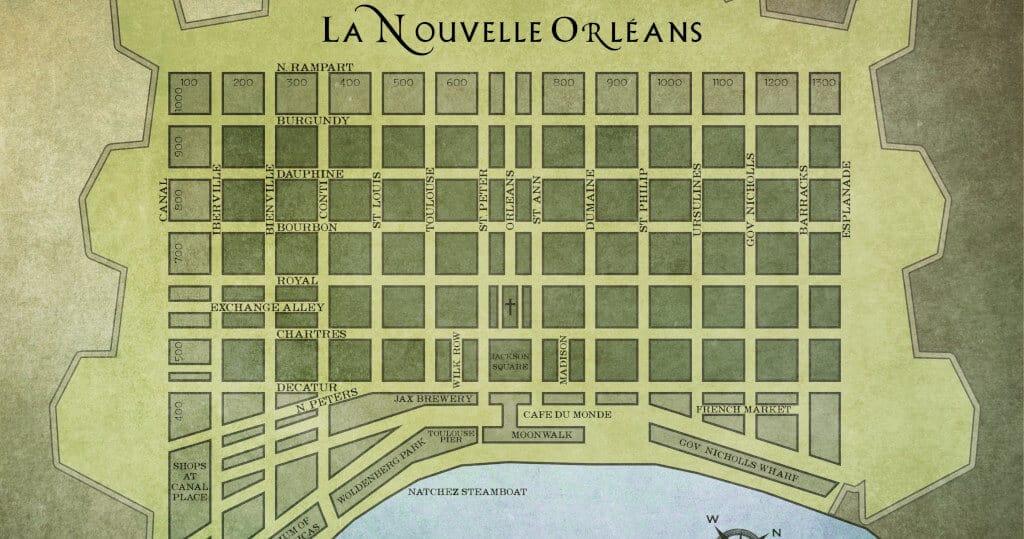
Louisiana was generally important, but the bustling city of New Orleans was particularly relevant to the United States president. More precisely, the Port of New Orleans gave access to the Mississippi River and thus was essential in terms of trade and economy.
Therefore, President Thomas Jefferson sought to officially purchase New Orleans for optimal access to the Mississippi River and surrounding area to boost the United States’ economy.
Additionally, President Jefferson was skeptical of Napoleon because the French emperor was known to be relentless militarily. Indeed, while he might not have seen Spain as a threat when they held the colonial power over Louisiana, he was certainly wary of Napoleon Bonaparte.
The United States had negotiated with Spain to receive certain rights over the Mississippi area, but Jefferson was concerned that Napoleon would not abide by this treaty.
French motivations
Napoleon’s reasons for wanting to complete the Louisiana Purchase were threefold. On the one hand, France had just gone through a war with the British, in which they had suffered defeat.

In the aftermath of this war, France had to deal with huge financial losses, and thus, the Louisiana Purchase was a means of replenishing their coffers.
On the other hand, Napoleon also saw benefits in the Louisiana Purchase regarding the relationship between France and the United States. He surmised that France and the United States could form a united front against the British through this land sale.
Of course, Napoleon realized that the United States had just gained independence from the British following the American Revolution and wanted to use this to his advantage.

Thirdly, Napoleon was concerned that another battle with the British and potential defeat would see France lose its claim on the Louisiana area.
Who Made the Louisiana Purchase?
In what can be seen as a first attempt to gain control over the Louisiana territory, President Thomas Jefferson gave specific orders to Robert Livingston, his ambassador in France, and James Monroe, an envoy, to start negotiations with Napoleon.

Get Smarter on US News, History, and the Constitution
Join the thousands of fellow patriots who rely on our 5-minute newsletter to stay informed on the key events and trends that shaped our nation's past and continue to shape its present.
To achieve their task, the duo had to travel to Paris in 1802. Yet, Napoleon refused to sell New Orleans.
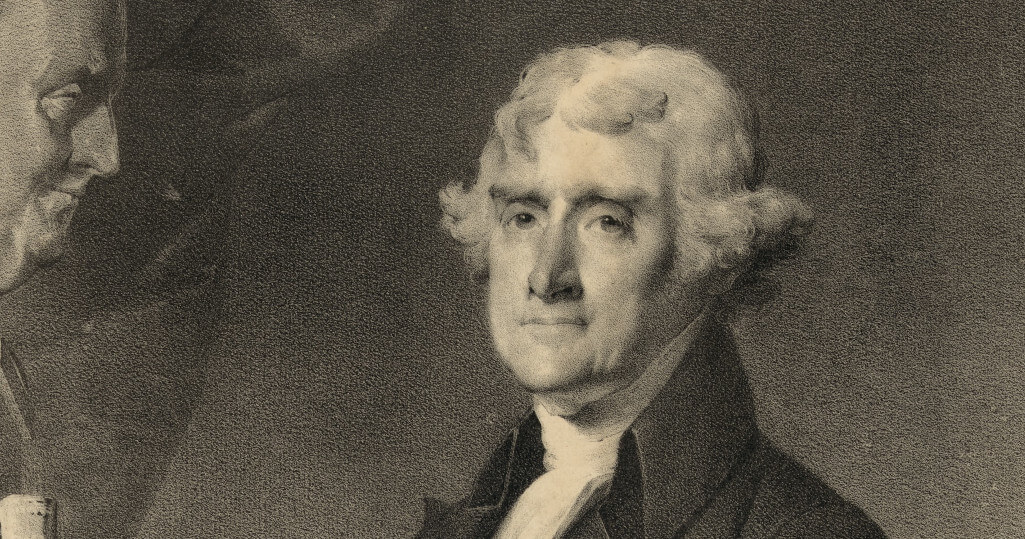
Later, under the impulse of the Frenchman Pierre Samuel du Pont de Nemours, Napoleon came up with the proposition to sell the entire Louisiana area to the United States.
According to Napoleon, this would provide the French Republic with a much-needed financial injection and satisfy Jefferson’s trade-related aspirations. Additionally, he made it seem like this was the best way to control the British.
At first, Jefferson was reluctant to take the deal because he did not know whether he was even authorized to make such an enormous purchase under the United States Constitution.
Ultimately though, he could not resist the idea of doubling United States territory and also thought it would give him an electoral advantage. Hence, the Louisiana Purchase became a reality in 1803.
Financial Problems
The overall cost price of the Louisiana territory was around 15 million dollars. In modern times, this would roughly equal an astonishing 342 million dollars.
At the time, 15 million dollars was such a large sum that the United States did not possess the required liquid funds to immediately transfer the money to France.
Part of the sum was paid with government bonds, but Napoleon was adamant about receiving hard currency also. To meet his wishes, France and the United States relied on the external help of two important banks, Baring Brothers & Co of London and Hope & Co of Amsterdam.
Because it was challenging to complete such a large transaction, it took about a year after the deal until it was finalized.
The Louisiana Territory That Was Sold
Through the Louisiana Purchase, the United States’ territory doubled at once. This was possible because the Louisiana territory did not only encompass Louisiana as the state that exists today.
Instead, the area encompasses 15 states and two Canadian provinces according to today’s terms.
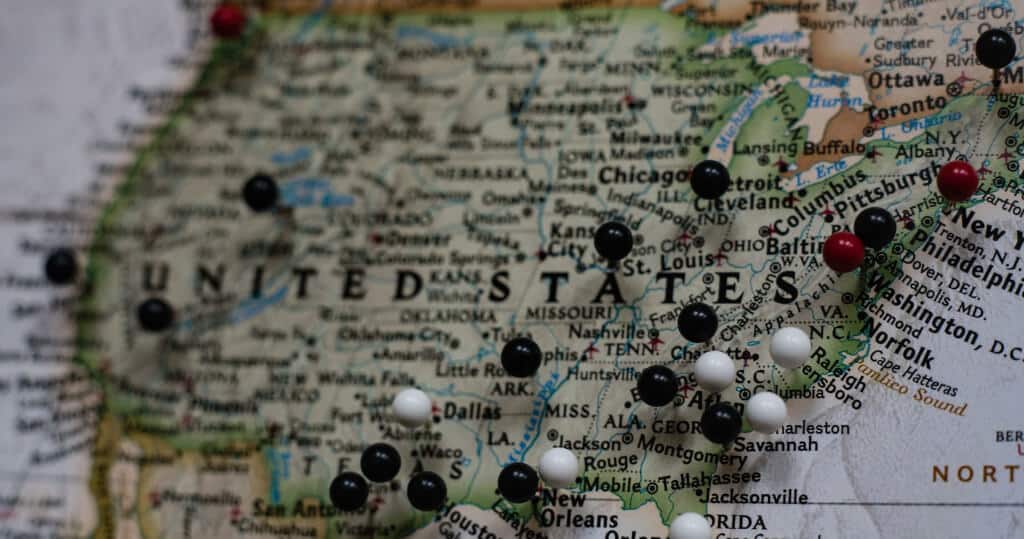
This includes Arkansas, Iowa, Kansas, Missouri, Oklahoma, and Nebraska. It also encompasses significant areas in North Dakota and South Dakota, parts of Montana, Wyoming, and Colorado east of the Continental Divide, and the area of Minnesota west of the Mississippi River.
Further included is the northeastern portion of New Mexico, northern parts of Texas, New Orleans in the Mississippi valley, and portions of modern-day Louisiana west of the Mississippi River, as well as small portions of land within Alberta and Saskatchewan.
Following the purchase, Meriwether Lewis and William Clark were tasked with exploring the territory and establishing trade with and sovereignty over the Native American population in what became known as the Lewis and Clark Expedition.
Significance to the History of the United States
Considering the size of the Louisiana Purchase, it should not be a surprise that its significance in American history is enormous. In its aftermath, the United States emerged as a world nation and embarked on even greater westward expansion.
Who Made the Louisiana Purchase? Quiz
Frequently Asked Questions
Who made the Louisiana Purchase and for how much?
What were the main motivations behind the United States' desire to purchase Louisiana?
Why did Napoleon Bonaparte agree to sell the Louisiana Territory?
How did the Louisiana Purchase impact the size of the United States?
What was the significance of the Lewis and Clark Expedition following the Louisiana Purchase?
How useful was this post?
Click on a star to rate it!
Average rating / 5. Vote count:
No votes so far! Be the first to rate this post.
We are sorry that this post was not useful for you!
Let us improve this post!
Tell us how we can improve this post?


